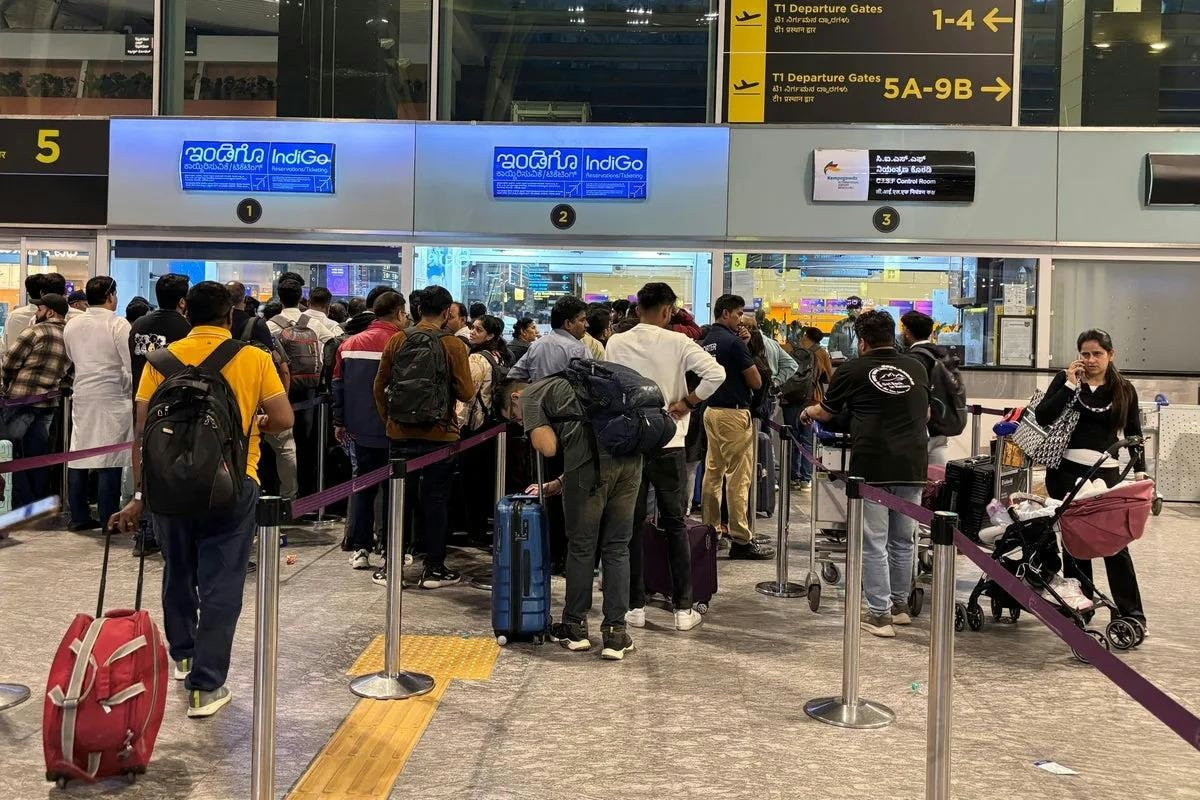
AeroGenie — Your Intelligent Copilot.
Trending
Categories
Air India Crash Investigation Explores Causes Beyond Pilot Error
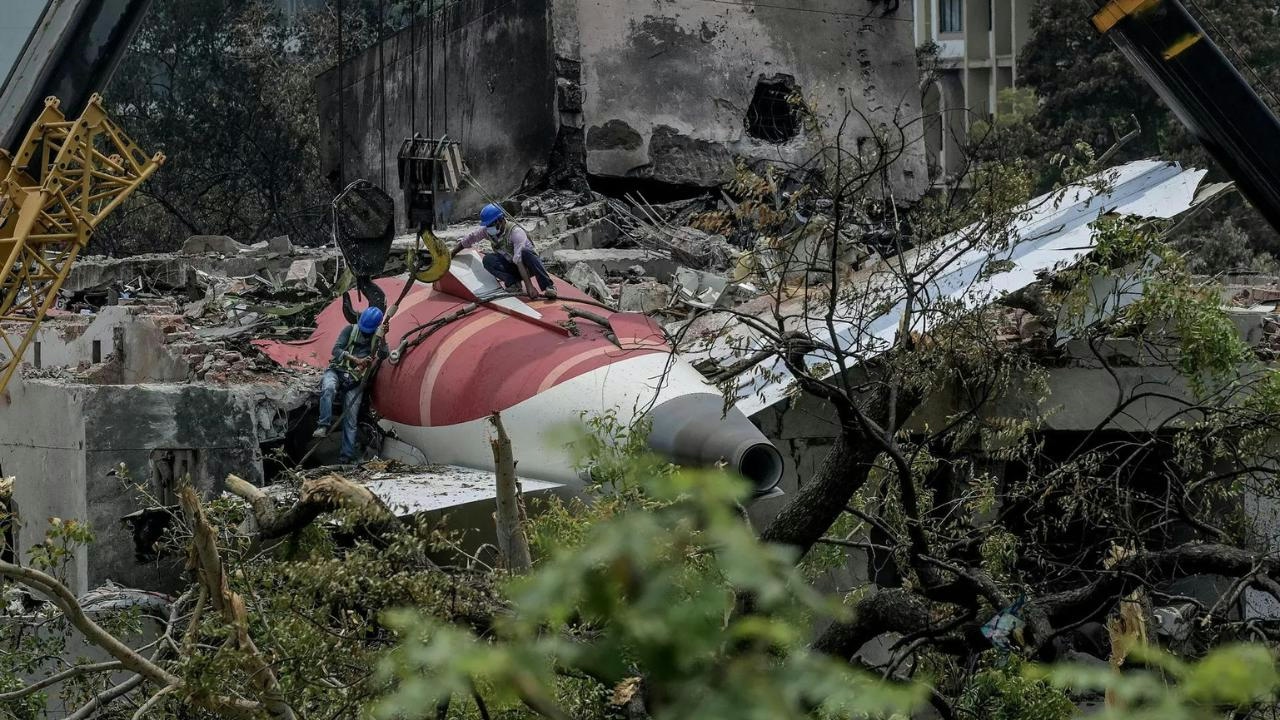
Air India Crash Investigation Explores Causes Beyond Pilot Error
The sudden shutdown of both engines midair led to the catastrophic crash of an Air India flight, prompting an extensive investigation that extends beyond initial assumptions of pilot error. Cockpit voice recordings reveal a tense exchange between crew members questioning the fuel cutoff: “Why did you cut off the fuel?” followed by the response, “I didn’t.” This dialogue has intensified scrutiny over whether the disaster resulted from human error, technical malfunction, or a combination of factors.
Evidence from Flight Data Recorder and Technical Concerns
The recovered flight data recorder has been instrumental in shedding light on the sequence of events. It confirmed that the fuel cutoff switches for both engines were moved from the “RUN” to the “CUTOFF” position just moments before the crash, effectively cutting off fuel supply to the engines. While investigators are examining the possibility of pilot confusion regarding the switches, they are also exploring potential mechanical or design flaws that may have contributed to the incident.
In 2018, the U.S. Federal Aviation Administration (FAA) issued a Special Airworthiness Information Bulletin (SAIB) highlighting potential vulnerabilities in the fuel control switch locking mechanisms on certain Boeing aircraft, including the 787-8 model involved in the Air India flight AI 171 crash. The advisory warned that if the locking mechanism disengaged, the spring-loaded switches could be inadvertently toggled without deliberate crew action. Although Air India did not implement changes in response to this non-mandatory advisory at the time, its relevance has resurfaced amid the ongoing investigation.
Typically, these fuel cutoff switches are safeguarded by physical guard rails and require a deliberate lift-and-shift motion to activate, making accidental engagement highly unlikely. However, if the locking system fails—due to factors such as vibration, wear, or inadequate maintenance—both switches could theoretically be moved to the “CUTOFF” position unintentionally. Investigators are now considering scenarios involving mechanical failure, electrical faults, or software glitches that might cause both switches to shift without pilot input.
Regulatory Response and Global Safety Implications
The crash, which claimed at least 270 lives, has prompted the Indian government to initiate an urgent inspection of all Boeing 787 aircraft within its fleet. Regulators, airlines, and manufacturers worldwide are re-evaluating cockpit safeguards previously regarded as fail-safe. Aviation experts caution that while accidental toggling of both fuel switches is considered nearly impossible under normal circumstances, rare conditions such as intense vibration or turbulence during critical phases of flight could interfere with cockpit controls if locking mechanisms are compromised.
Notably, investigators found both fuel switches in the “RUN” position in the wreckage, indicating that the flight crew attempted to restore engine power in the final moments. Unfortunately, the aircraft was already too low to recover.
Although the final investigation report has yet to be released, it is evident that fuel control switch movements can, in rare instances, occur outside direct pilot control due to system flaws or overlooked safety advisories. This tragedy has underscored the critical importance of adhering to safety bulletins and maintaining rigorous inspection protocols, particularly for essential cockpit components.
Until the investigation concludes, no definitive cause has been established. Nevertheless, the case of AI 171 is driving a global reassessment of cockpit safety measures, emphasizing that when seconds count, even a single unintended switch movement can have devastating consequences.
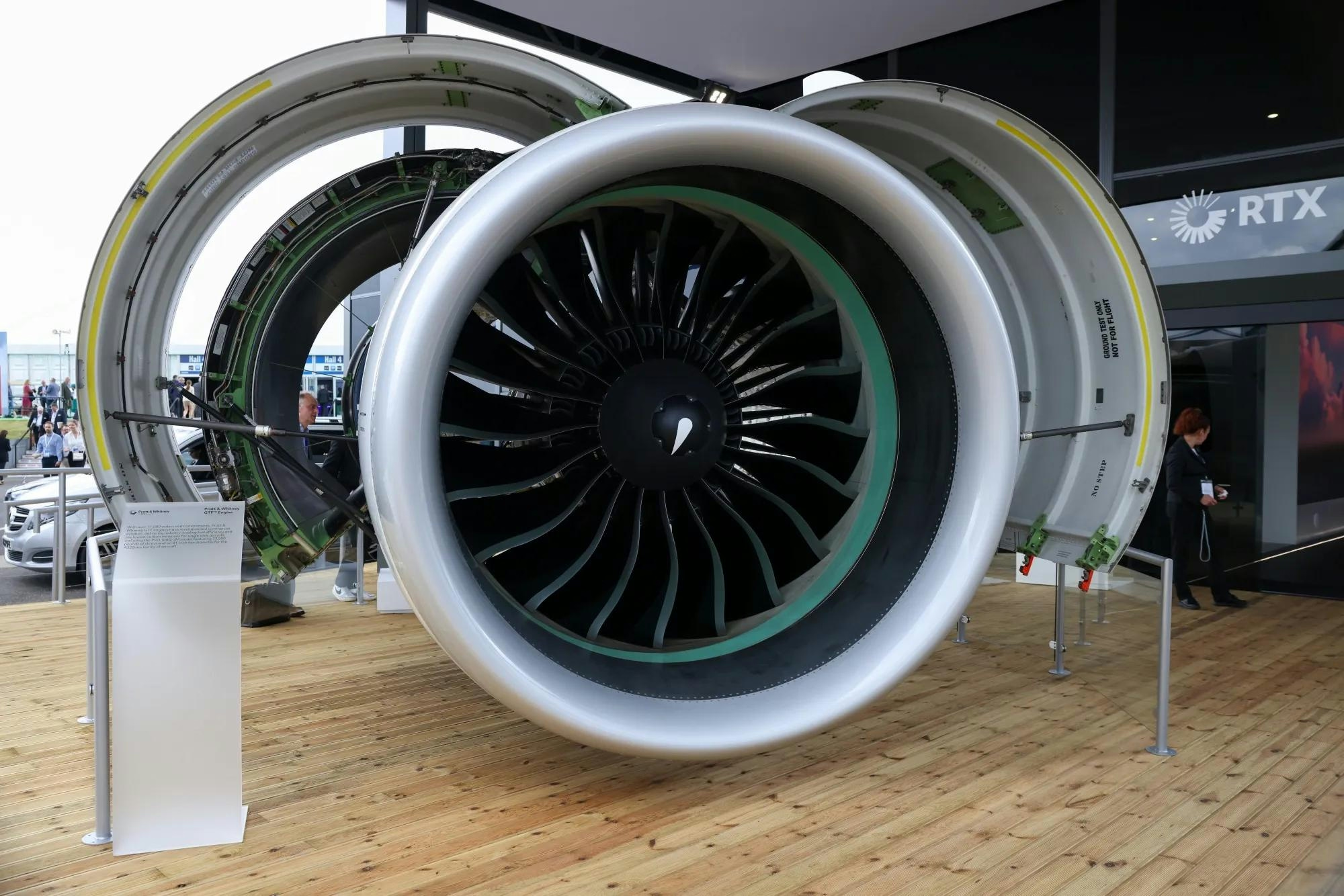
Spirit Signs Agreement with Pratt & Whitney Units on Aircraft Engines

ADB SAFEGATE Receives Industry Awards for Marketing, R&D, and Social Impact

GA Telesis Secures Five-Year Landing Gear Overhaul Agreement with Major U.S. Carrier
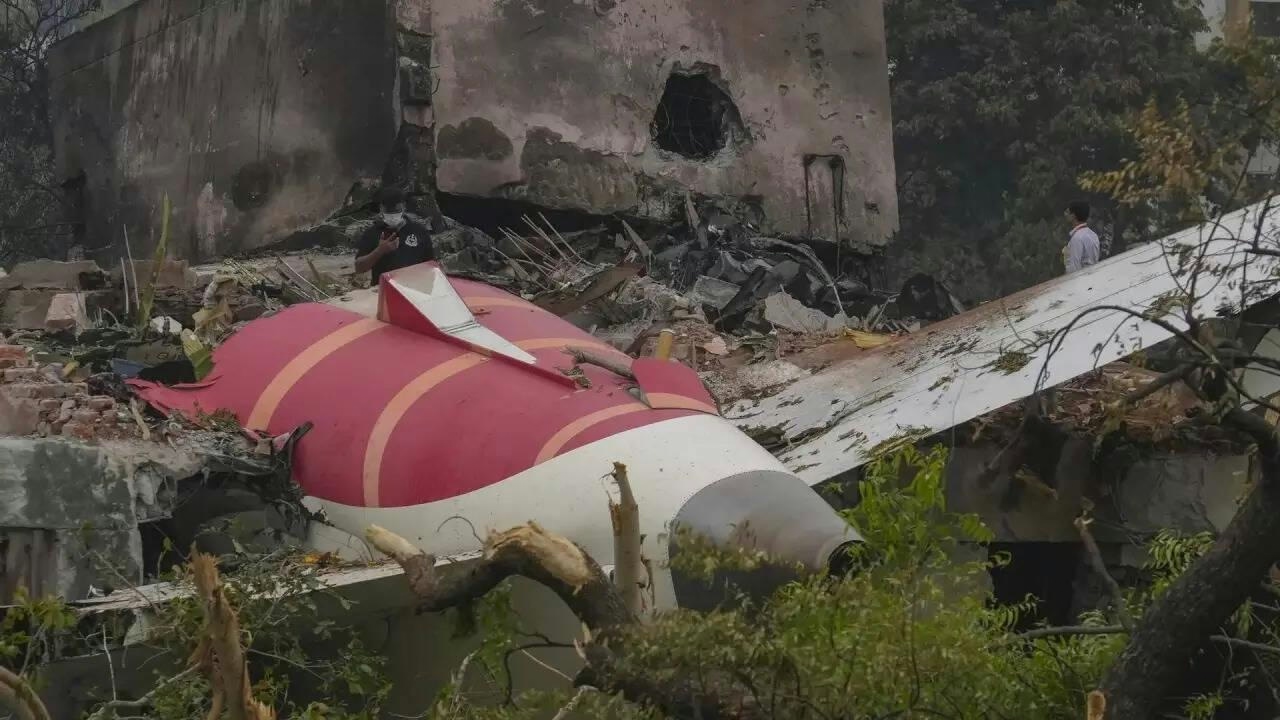
Government Strengthens Aviation Safety Framework Amid AI-171 Investigation

NASA Software Raises Bar for Aircraft Icing Research

Dans and Emirates Aviation University Partner on AI Air Traffic Management Research
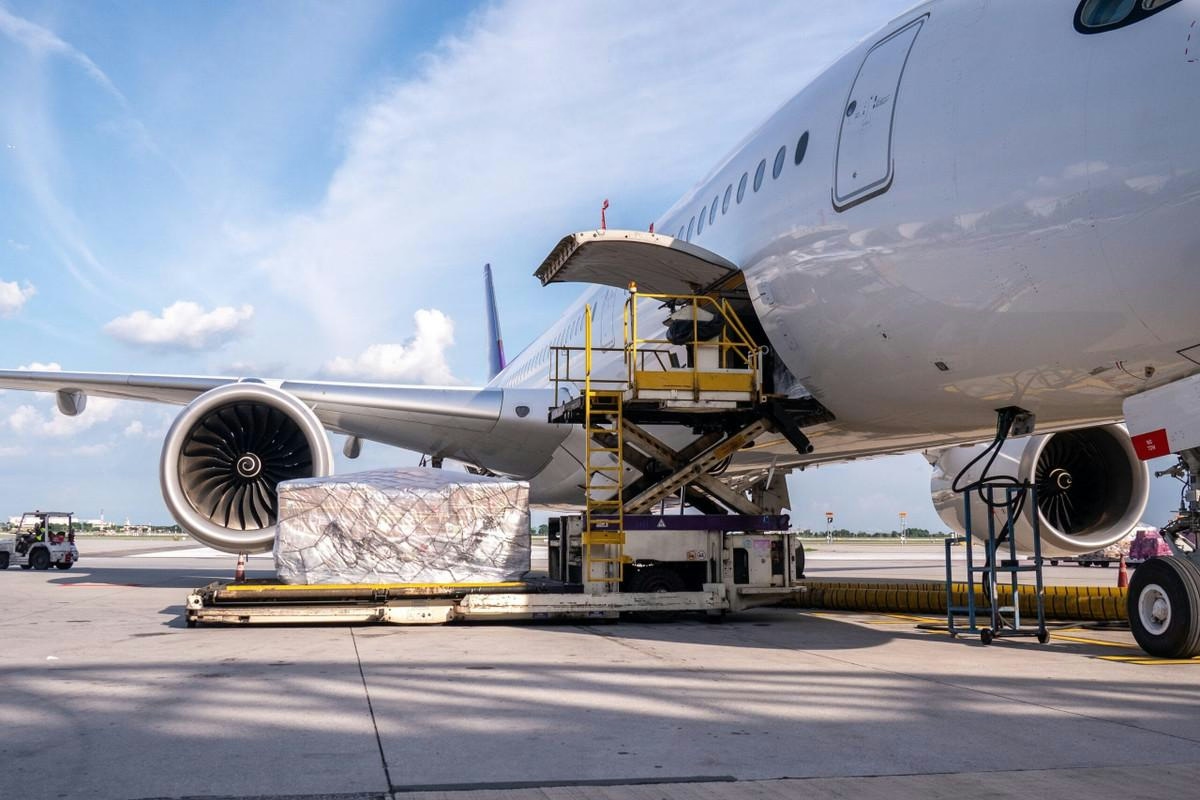
Nigus and AXISCADES to Develop Nigeria’s First Major Aviation MRO Hub
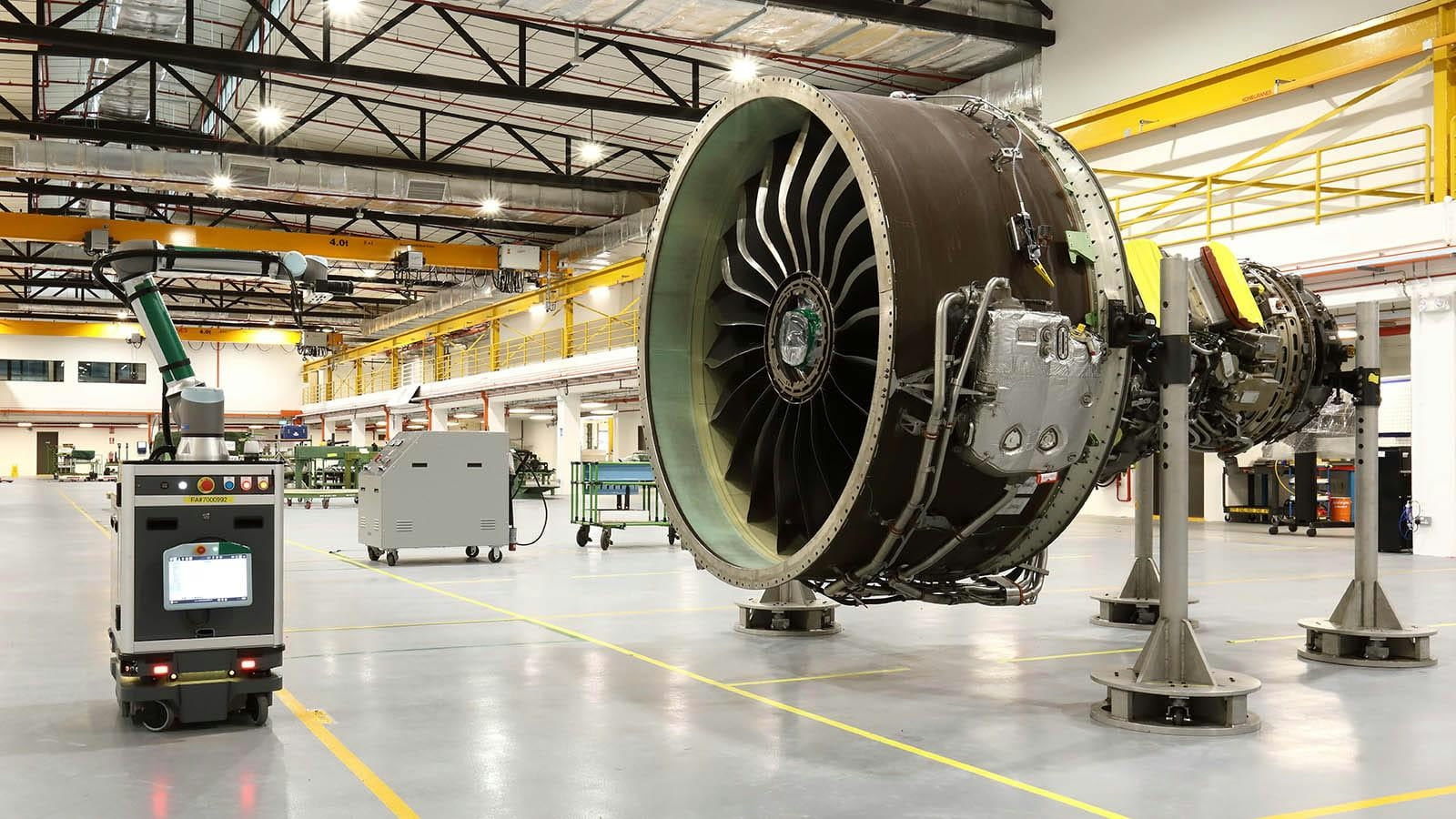
Commission Unveils Industrial Strategy for Aviation Sector

Congressional Committee Expresses Bipartisan Support for Advanced Air Mobility
